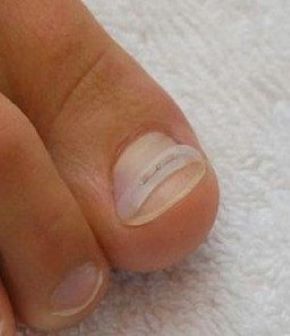Custom orthotics are inserts that are placed in shoes and sneakers that should ultimately correct the alignment of the bones and joints of the foot. This subsequently improves the function of the muscles, tendons, ligaments, and fascia and addresses areas that are under excess pressure. There are several factors that distinguish custom orthotics from prefabricated devices. Aside from the fact that an exact mold is taken of the patient’s feet, additional distinguishing factors include the durometer (hardness/stiffness) of the material used, the degree of cushioning, the length of the orthotics, the depth of the heel cup, the location and extent of posts (wedges) if any, and other specialized features for specific needs.
A consultation will allow the patient to explain the history of the complaint and allow the doctor to examine the lower extremity both on and off weight bearing as well as the individual’s gait cycle. The first determination is whether or not a patient actually needs orthotics. It is important to bring any over the counter or custom orthotics that have been used in the past. It is also advised to bring in pairs of shoes and sneakers that are typically used. Sometimes a patient’s current pair of orthotics only need to be refurbished or simply adjusted.
There are many ways to create an impression or mold of the feet. Once the mold is made it is sent to an orthotic laboratory for manufacturing along with my prescription to address the patient’s specific needs. Many technologic advances have allowed patients’ feet to be scanned. The scan will exhibit patterns of pressure distribution. The data can be transmitted electronically to the laboratory. I use both techniques depending on the nature of the condition. I also prefer to rely upon the patient’s history and my clinical examination which includes observation of callus/corn patterns, presence of deformities such as bunions and hammer toes, arch height, muscle testing, range of motion of joints, overall biomechanics and gait analysis.
Custom orthotics are used to treat many conditions such as pes planus (flat feet), pes cavus (high arches), plantar fasciitis, tenosynovitis / tendonitis, neuromas, apophysitis (growing pains), diabetic related foot problems, knee/hip/back pain, and shin splints. Custom orthotics may not be the only ingredient in managing a patient’s complaint. Modifying shoe style and physical therapy may also be required. Prescription medication and injection therapy could be indicated as well.






